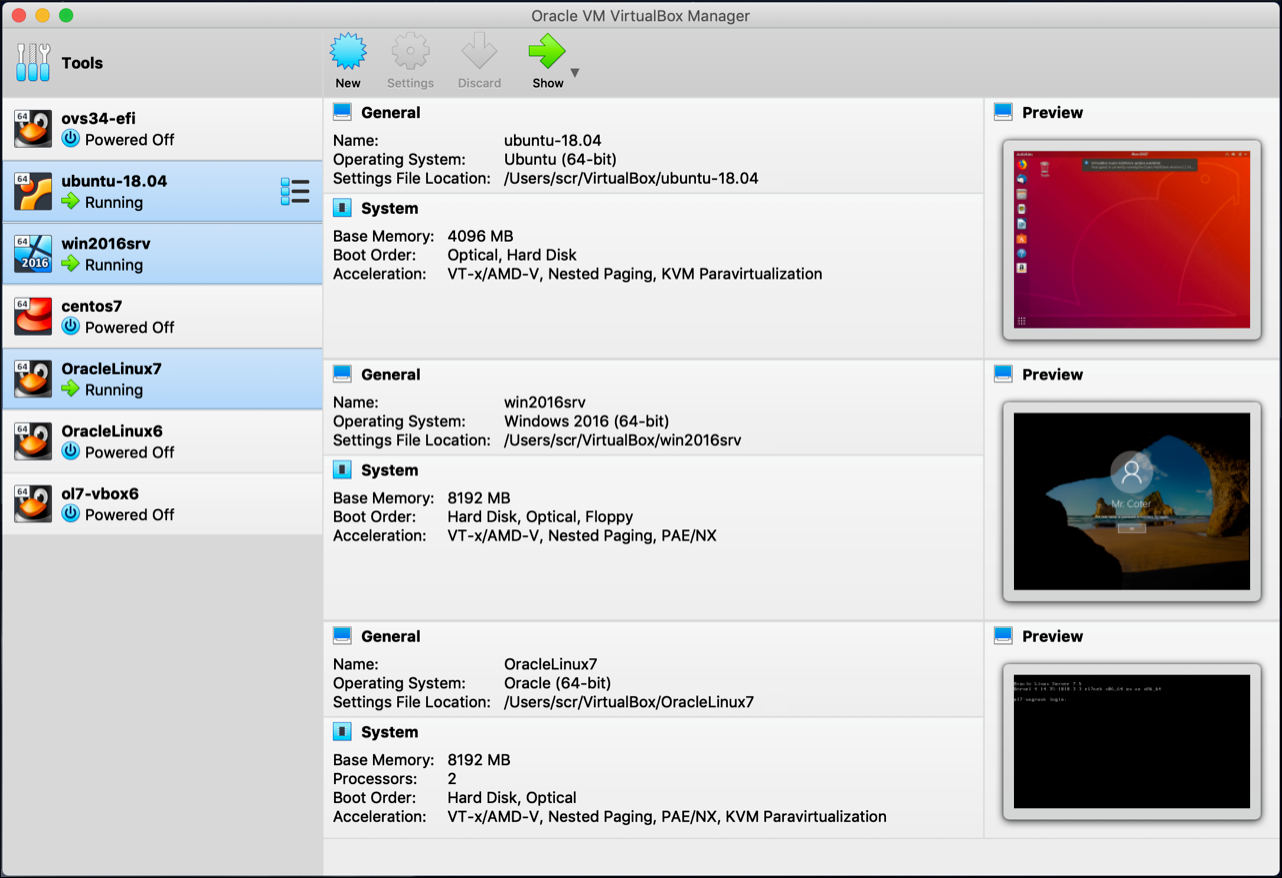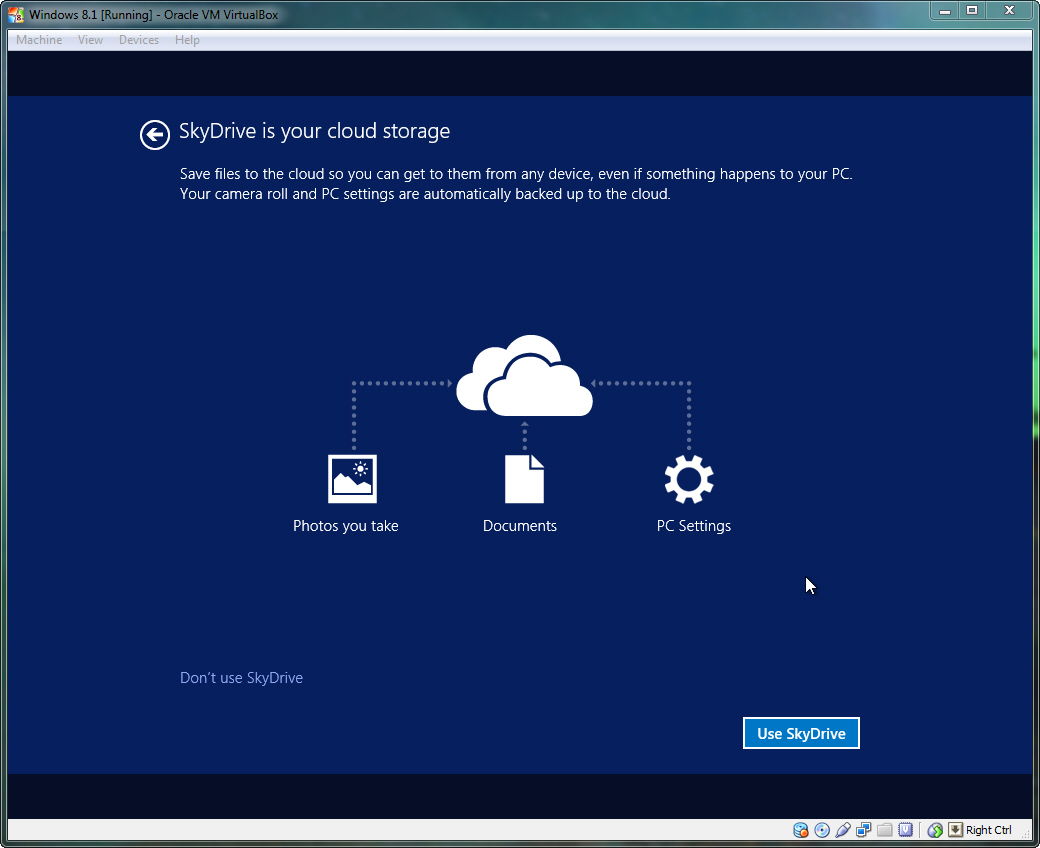
Virtual machines are isolated from each other and from the host operating system. An OS and applications installed inside a VM “think” that they are running on a regular physical machine since emulated hardware is used for running VMs on VirtualBox. One more VirtualBox advantage is that this product can be installed for free.Ī virtual machine (VM) works much like a physical one. VirtualBox is designed to run virtual machines on your physical machine without reinstalling your OS that is running on a physical machine.


Oracle VirtualBox is what you need in this case, instead of reinstalling software on your physical machine. When using a traditional you need to install the operating system on a physical machine for evaluating software that cannot be installed on your current operating system. You’ll need to use the same sort of VBoxManage command to create a file representing the raw disk, but you’ll need to specify the path to the disk device on your Linux or Mac system.By Michael Bose How to Use VirtualBox: Quick Overview The process is basically the same on Linux and Mac host systems. Be sure the USB drive is the first disk in the list. If you want to install an operating system from the USB drive, you’ll need to add a hard disk later from within the virtual machine’s settings window.

In other words, you can’t simply create a standard virtual machine and attach the USB device later. Note that the USB device must be the first hard disk in your virtual machine or VirtualBox won’t boot from it. When you’re asked to select a hard disk, select Use an existing virtual hard drive file, click the button to browse for the file, and navigate to it - that’s C:\usb.vmdk if you didn’t select your own path.īoot the virtual machine and it should boot the operating system from your USB drive, just as if you were booting it on normal computer.


 0 kommentar(er)
0 kommentar(er)
